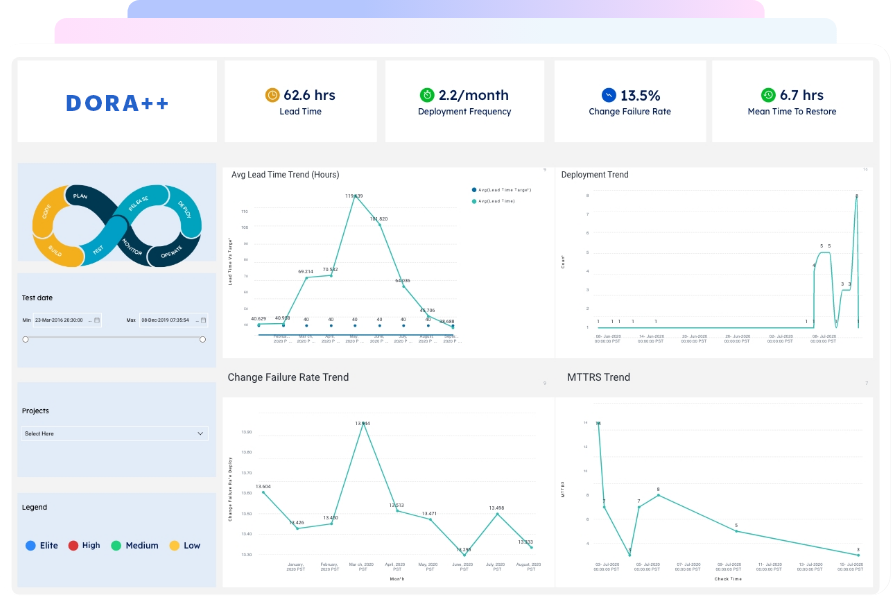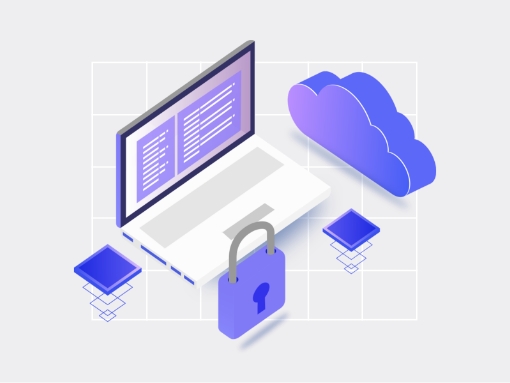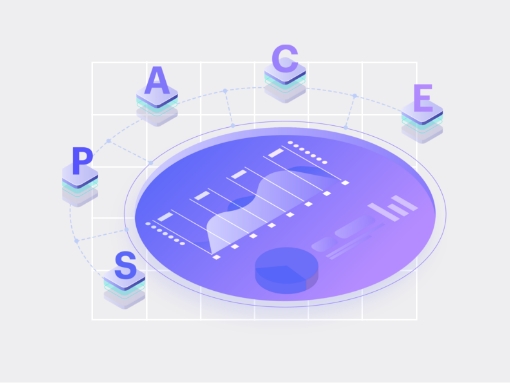One of the primary goals of DevOps is to improve speed and reliability with a higher cross-functional collaboration and to make security, quality, and feedback parts of the pipeline. With automation and shift left approaches, most organizations have varying levels of success in meeting this goal. However, compliance controls and audit activities still involve a lot of manual workflows, which makes them inefficient and error-prone. In this article, we will explore the major challenges and possible solutions for implementing continuous compliance in DevOps.
Manual Compliance Processes
Even today, manual compliance is arguably the most common and simplest form of compliance process used across organizations. It usually involves measurement and tracking of a pre-defined set of properties/metrics (e.g., code coverage, test pass rate, etc.) and forms with certain questions that could have simple objective responses, comments, and even descriptions at times. Development teams are required to track the metrics and fill these forms while attaching evidence wherever possible. As a result, validating this information becomes a big challenge for a compliance officer. Again, organizations need to audit the compliance process regularly to ensure all steps are followed as per the expectations. It is apparent that such processes become increasingly cumbersome with scale. With multiple deployments, compliance teams get overworked and leading to slow responses, delays, and oversights. As a result, teams start to see compliance as a bottleneck. While automation and making compliance a part of the Continuous Integration and Continuous Delivery (CI/CD) process can help organizations achieve their goals, most organizations struggle with tool integration. Also, it’s not always easy for teams to overhaul their long-standing organizational compliance mandates.
Communication Breakdown
Effective DevOps governance is key to security and compliance. It requires better communication with the usage of well-defined and commonly understood security and compliance terms among various teams and stakeholders. Everyone should be aware of the functioning of a pipeline and its various approval workflows. According to DevOps Research & Assessment (DORA) 2019 report, teams with a clear understanding of the change process were 1.8 times more likely to be among the elite performer category. However, it’s not rare to see risk/compliance and DevOps teams speaking different languages, failing to coordinate and meet their common goals. When there are hundreds of changes to the code every day, teams cannot afford communication gaps and need to standardize their compliance controls and documentation practices. While Automation can again help, there’s often a lack of clarity on who’s responsible for compliance between DevOps developers and auditors. Organizations need to get back to the drawing board to remove such process gaps for effective compliance.
Imperfections in DevOps
While many organizations have swiftly boarded the DevOps bandwagon, they continue to rely on traditional controls that advocate the segregation of duties (e.g., code changes can be approved only by a different team). Modern DevOps teams need to move away from such antiquated approaches and need to shift left security and compliance, with developers taking charge of security and compliance mandates. Automated security scans and peer-review-based approvals can help organizations build a compliance framework that improves quality, agility, accountability, and traceability across the pipeline with lesser manual handoffs. It is possible to restrict unauthorized manual changes with all changes passing via a central version control that has multifactor authentication and role-based access enabled. With four eyes on all code changes and using canary deployments, organizations can significantly improve their compliance and quality in production.
Cloud & Container Complexities
Cloud data breaches often reveal common avoidable errors such as insecure interfaces and APIs, weak identity, credentials, and access management, account hijacking, malicious insiders, or privilege abuse. While teams can solve such challenges by following the security best practices, cloud poses more complex security and compliance challenges. The usage of ephemeral containers has made security and compliance difficult, as organizations need new ways to monitor logs and ensure observability in cloud-native environments. The threat surface has increased significantly as the teams need to keep track of Kernel vulnerabilities, container breakouts, poisoned images, etc. As a result, organizations need to introduce new compliance mandates, such as the usage of trusted registries and image scanning to improve container security. Adopting approaches such as Infrastructure as Code or IaC Security can help them identify misconfigurations and security issues even before resources get provisioned on the cloud.
Pipeline Visibility
Last but not least, many organizations continue to face visibility challenges with their evolving CI/CD toolchains. While it’s a no-brainer for developers to write python scripts for automating parts of their routines, they are not too keen on building systems that offer holistic visibility to different stakeholders in their context. Business teams often demand a fully integrated release pipeline for automated governance, which streamlines predictive insights and data analytics. However, DevOps teams rarely have the bandwidth to codify and design compliance controls across the pipeline or create dashboards for such requirements. Gathr can help teams solve such challenges by enabling rapid tool integration, automation, and insights delivery. It also offers a continuous compliance solution for organizations to get a head-start in their compliance automation journey.








